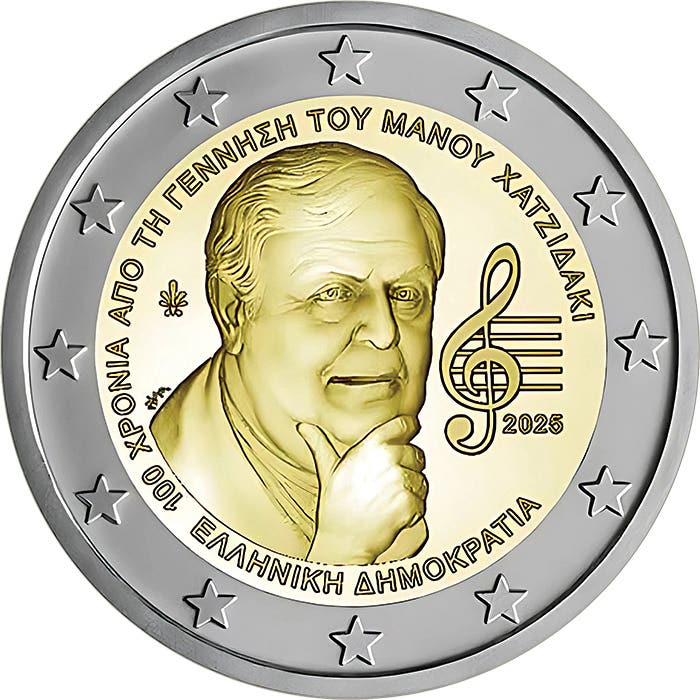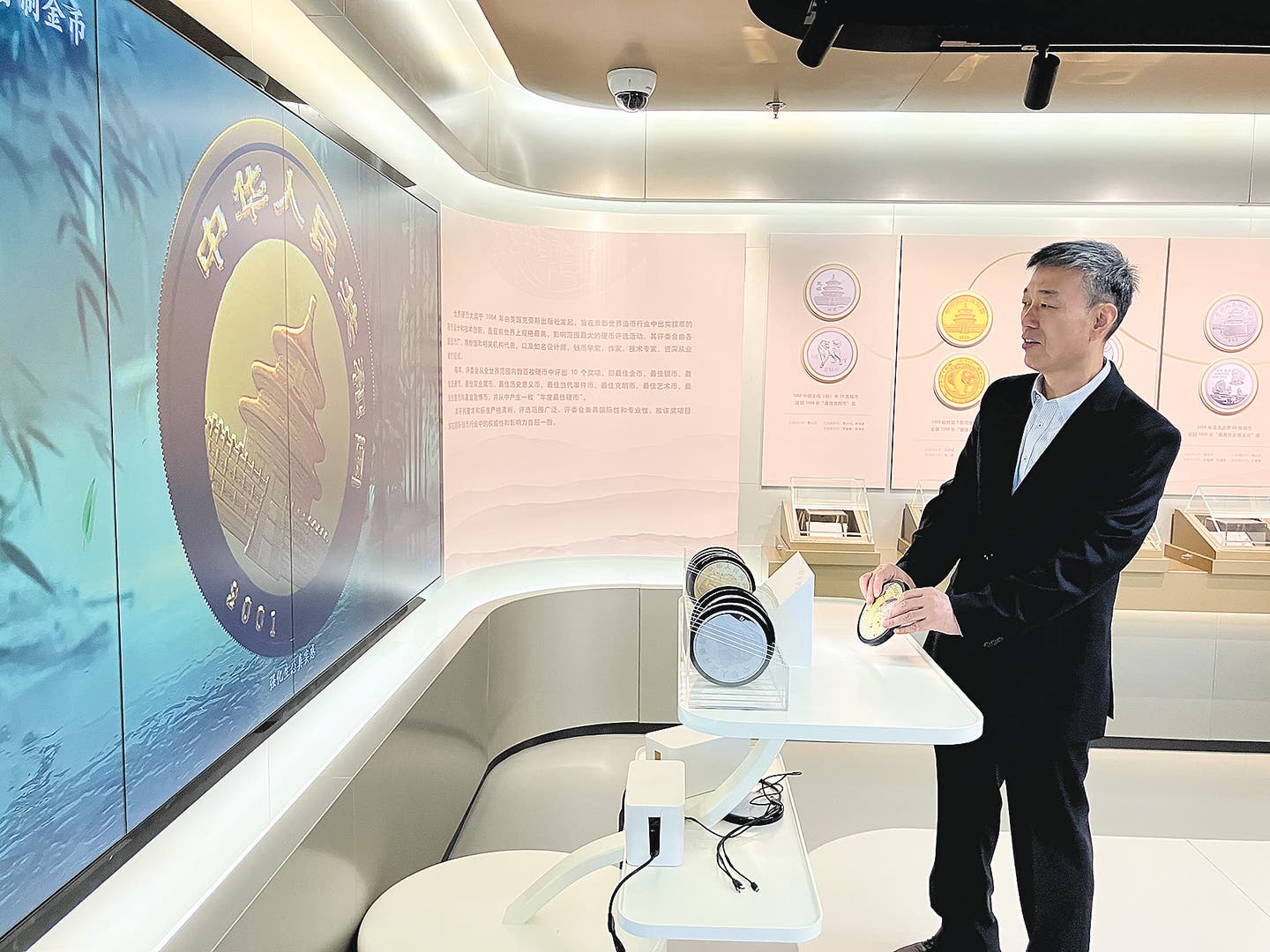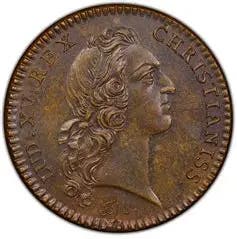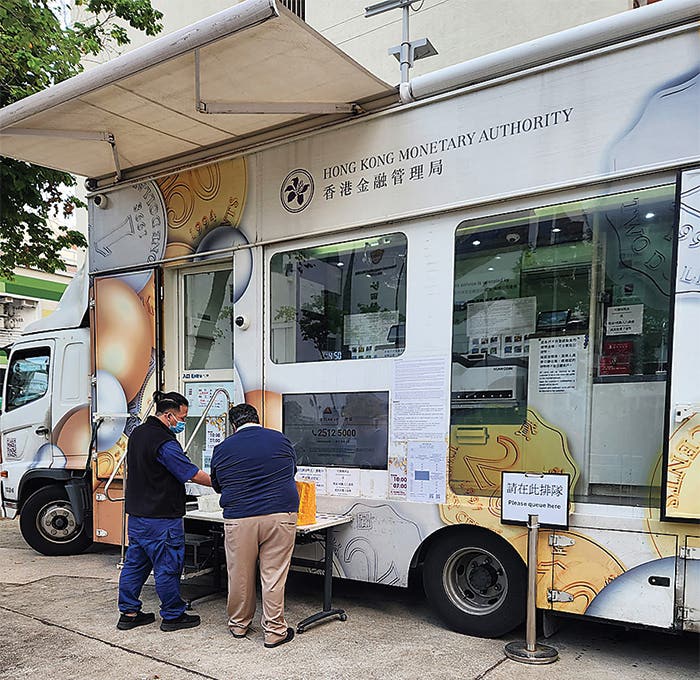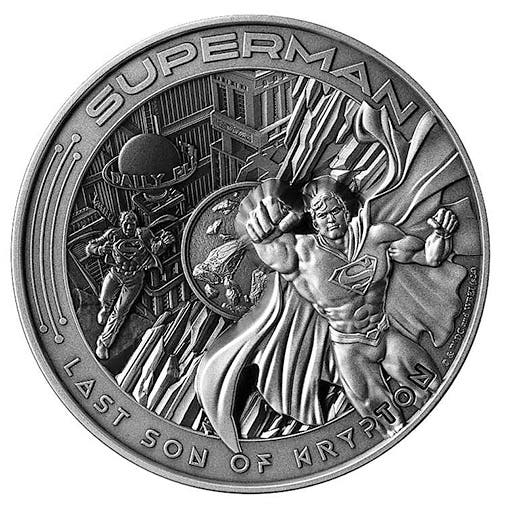Swedish coins nickel-free
Last October the central bank of Sweden, Sveriges Riksbank, began issuing new 1-, 2- and 5-krona coins to replace the existing coins of the same denominations. The new coins are…
Last October the central bank of Sweden, Sveriges Riksbank, began issuing new 1-, 2- and 5-krona coins to replace the existing coins of the same denominations. The new coins are smaller, lighter and nickel-free. The new coins have different milled edges to make them easier to distinguish by those who are visually impaired.
In general, the total weight of coins in society is expected to decline by 50 percent. This means lower energy costs in delivering coins to banks and shops. It is also anticipated that banks and the retail trade should experience lower handling costs. The absence of nickel is good news for those with a nickel allergy.
Christina Wejshammar, head of the Cash and Payment Systems at Sveriges Riksbank, explained, “Today there are more coins in circulation than are really needed. This is because a lot of people save coins, which means that they remain lying around in piggy banks and other containers instead of being used to make payments. It also means that the retail trade needs to order more coins to avoid a shortage. The new coins are smaller and lighter and we hope that more people will use them instead of letting them pile up at home.”
To this end, the central bank has mounted a campaign to have the population surrender the 2.6 billion krona of old coins in circulation and piggy banks in the immediate future. Beginning June 30 this year, the older 1-, 2- and 5-krona coins will be invalid.
Some mainstream media have been carrying reports that Sweden intends to phase out all their coins and bank notes and replace them with digital currency. This is not the case.
Certainly since 2009, the amount of notes and coins in circulation in Sweden has fallen by 40 percent. In 2015 just 20 percent of all consumer payments in Sweden were made in cash compared with about 75 percent in the rest of the world.
In a November speech, deputy governor of the Riksbank, Cecilia Skingsley, announced that the bank was seriously considering being the first in the world to issue a national digital currency – the e-krona. This has been spurred by the low use of cash in the country.
However, Skingsley stressed, “The Riksbank will continue issuing bank notes and coins as long as there is demand for them. It is our statutory duty and we will of course live up to it. Let me also, for the sake of clarity, repeat that the Riksbank has not decided to issue e-krona yet, but to investigate the possibilities.”
The new coins – and new bank notes – issued by the bank in the past six months make the bank’s position clear.
The 1 krona (19.50 mm, 3.60 g) and 2 krona (22.50 mm, 4.80 g) have been struck in copper-plated steel. The 5 krona (23.75 mm, 6.10 g) is produced in a gold-colored copper, aluminum, zinc and tin alloy.
This article was originally printed in World Coin News. >> Subscribe today.
More Collecting Resources
• Check out the newly-updated Standard Catalog of World Coins, 2001-Date that provides accurate identification, listing and pricing information for the latest coin releases.
• Start becoming a coin collector today with this popular course, Coin Collecting 101.




